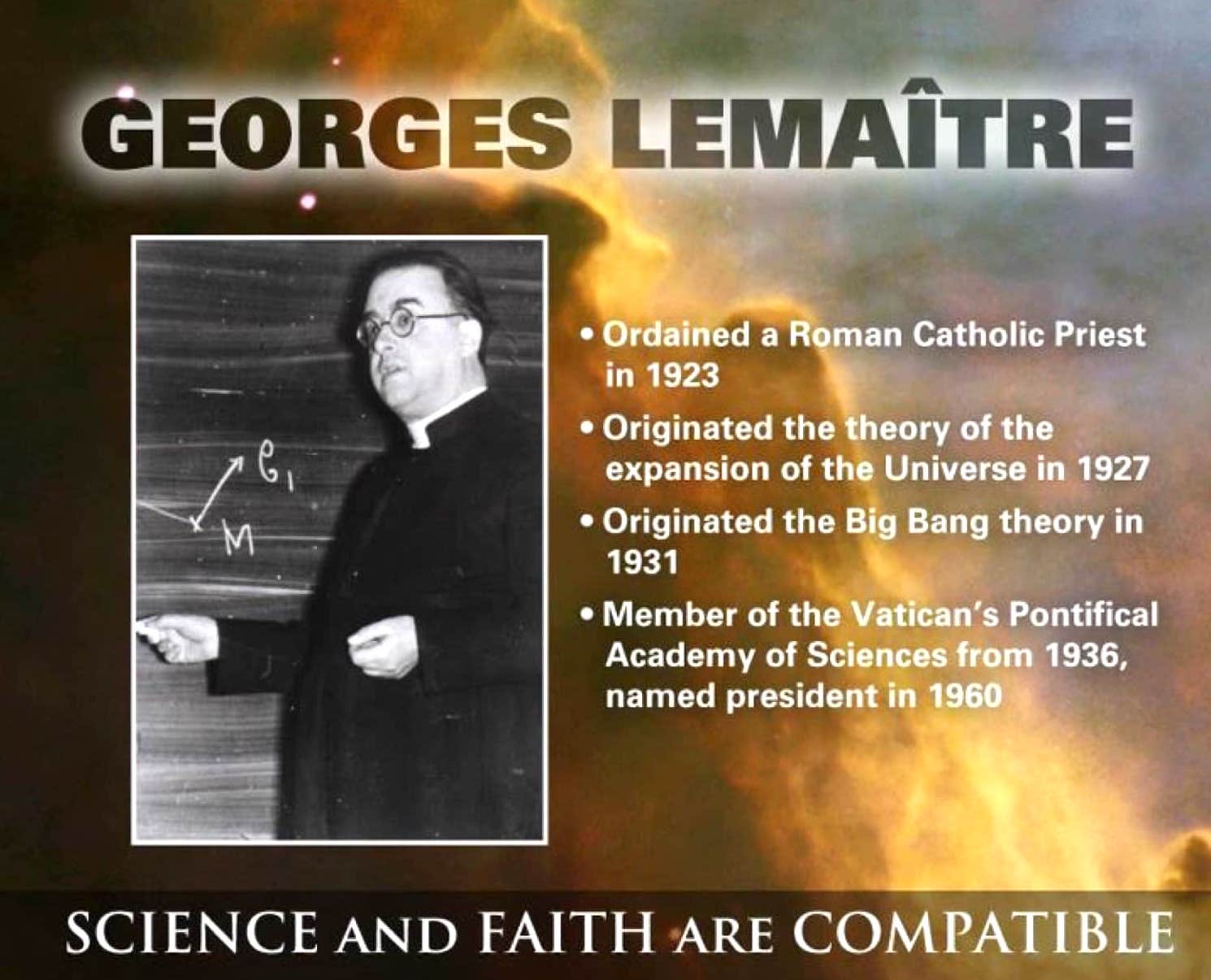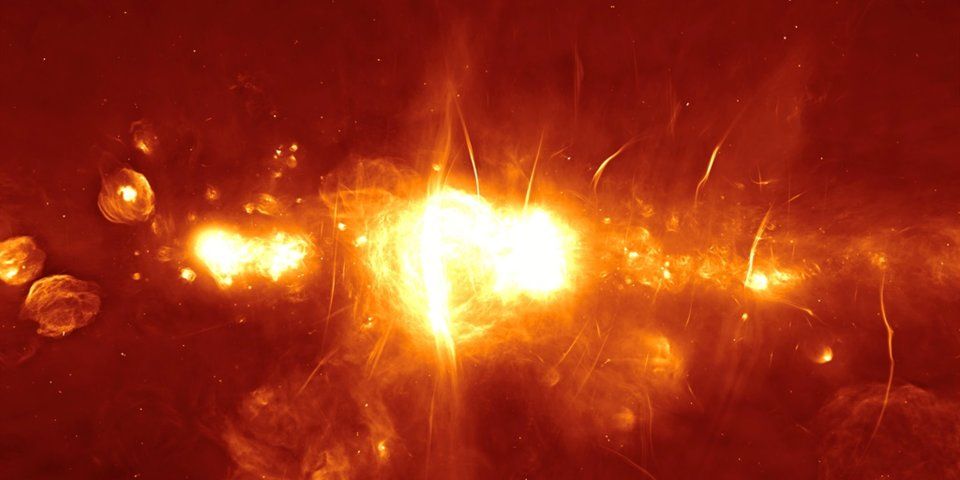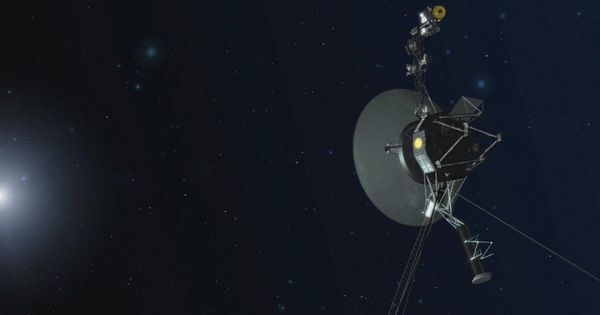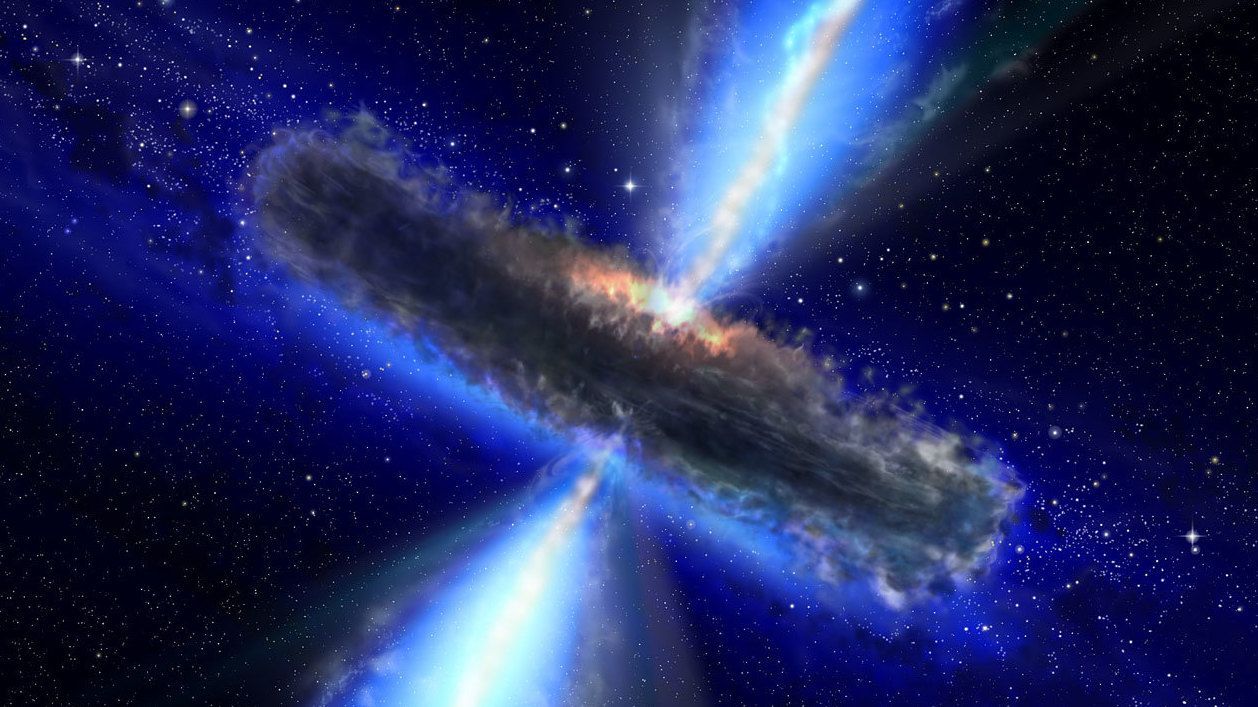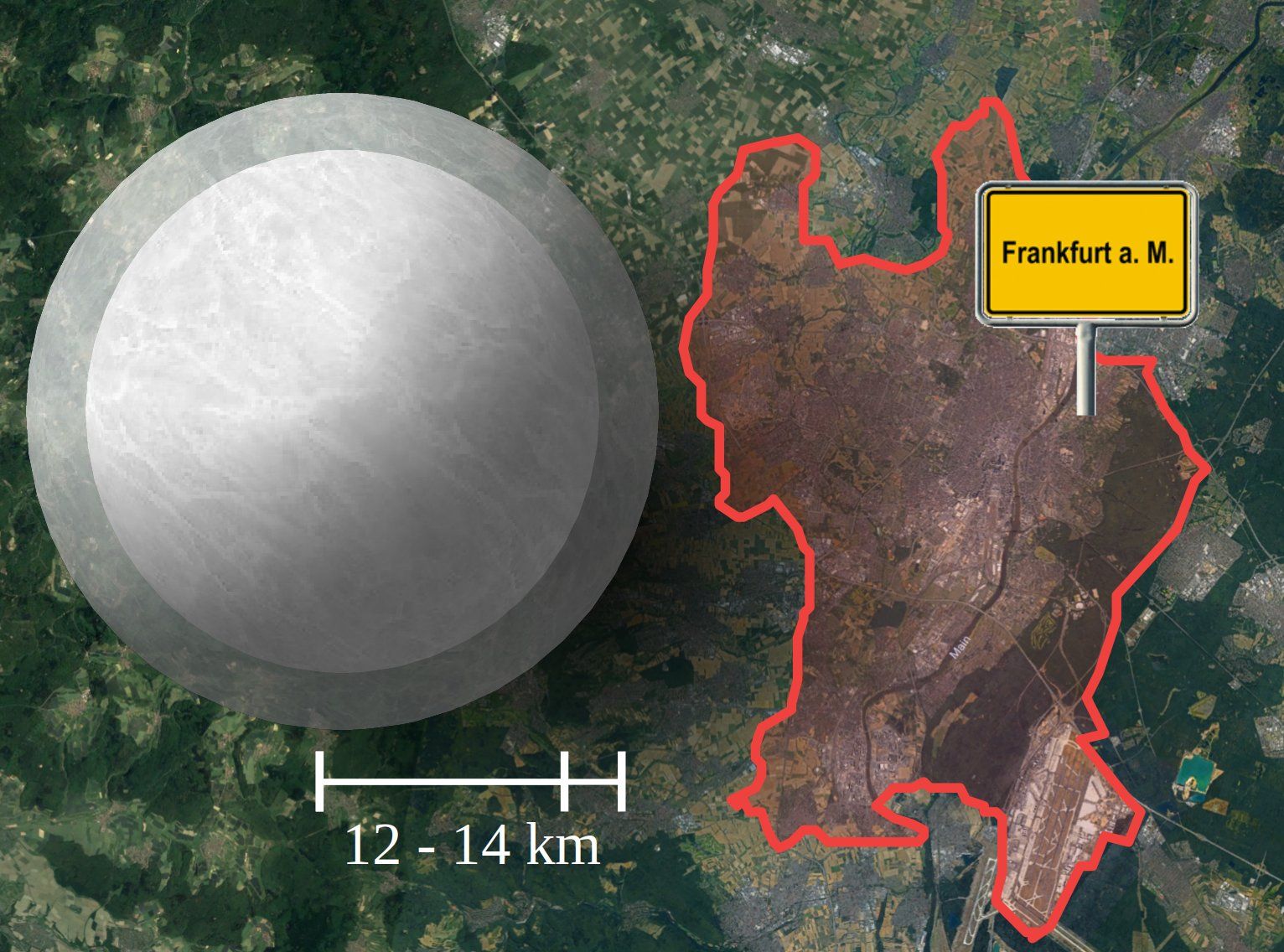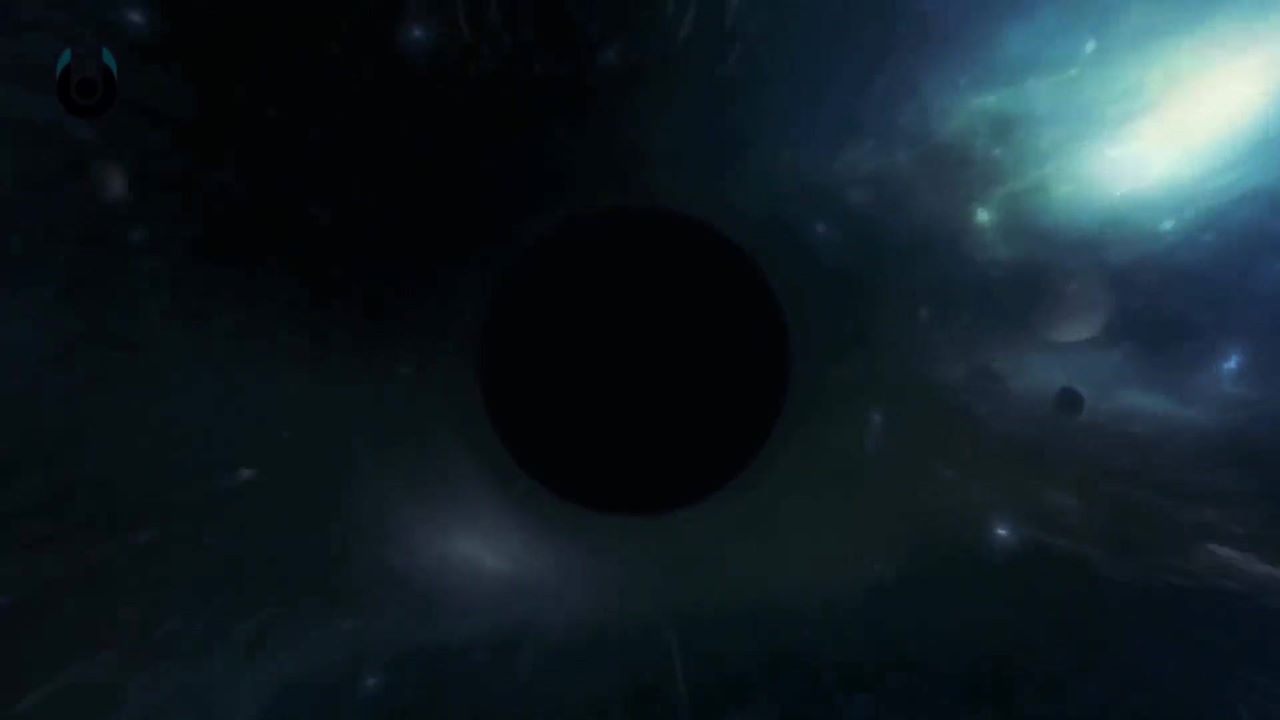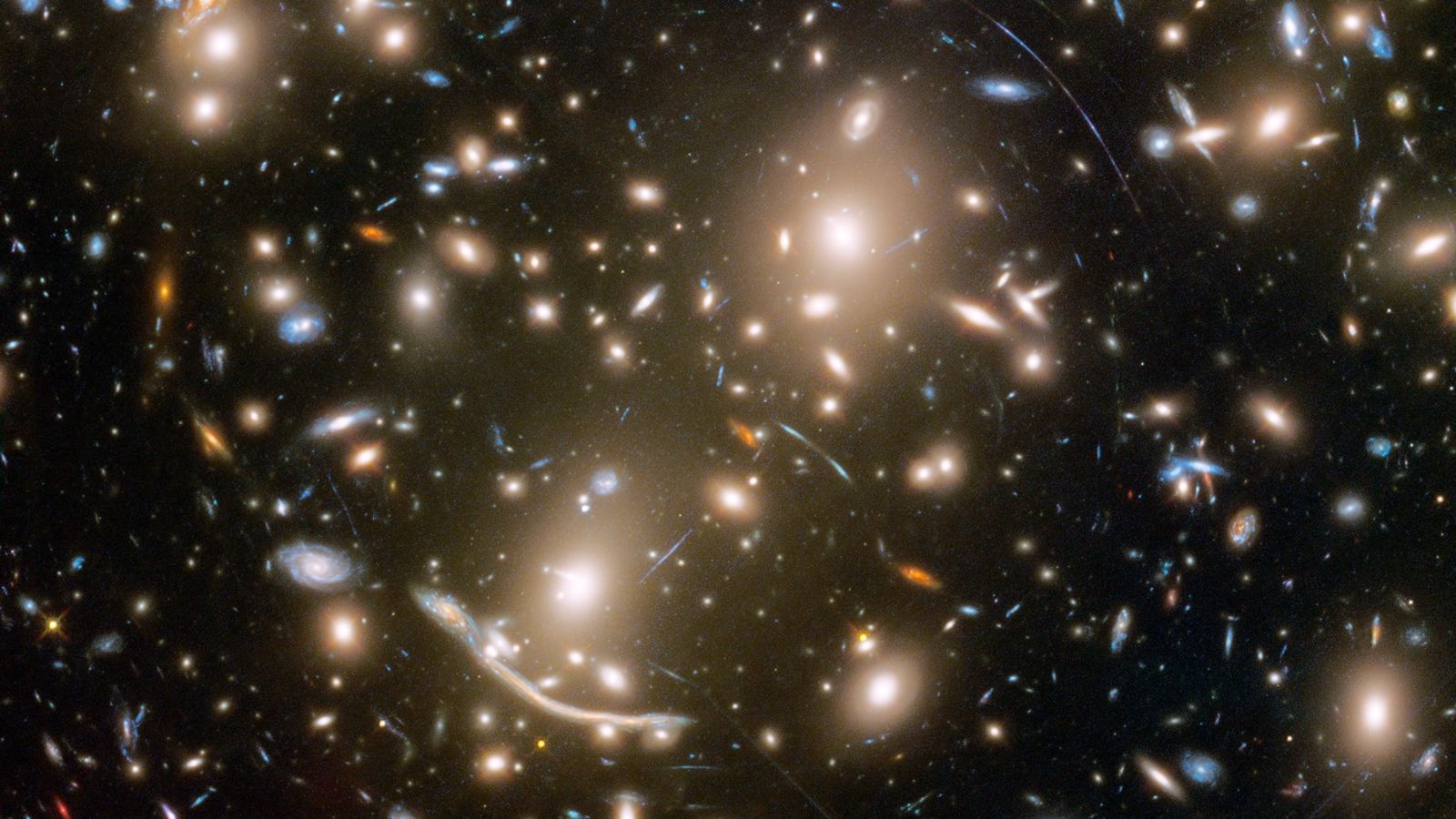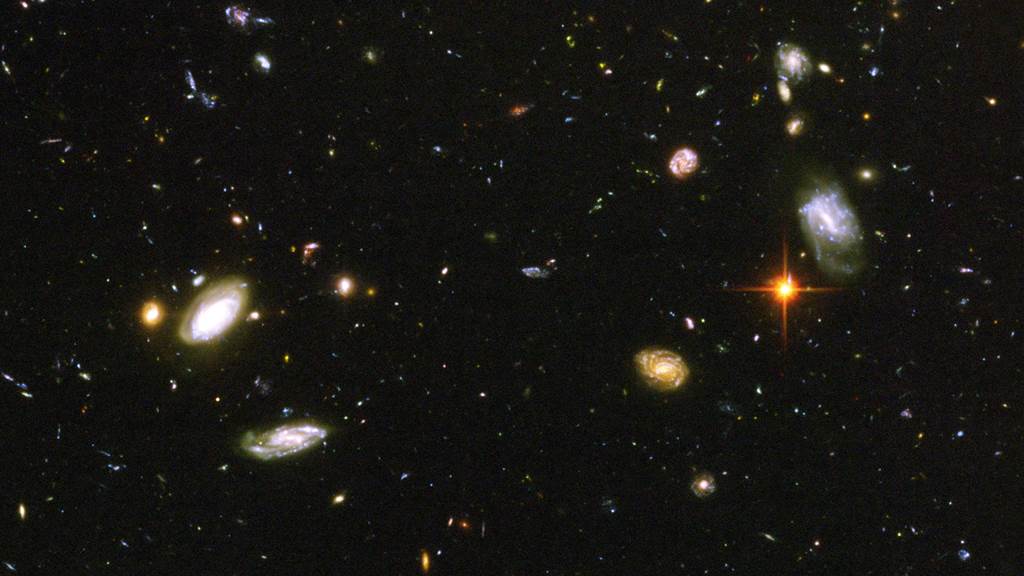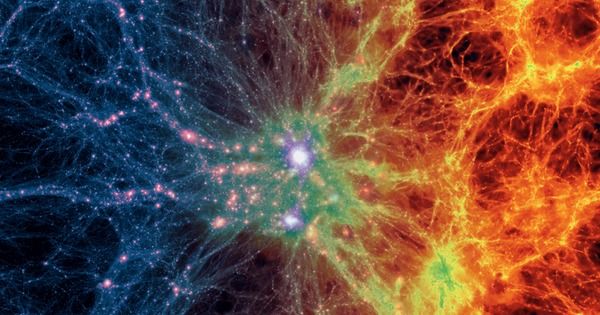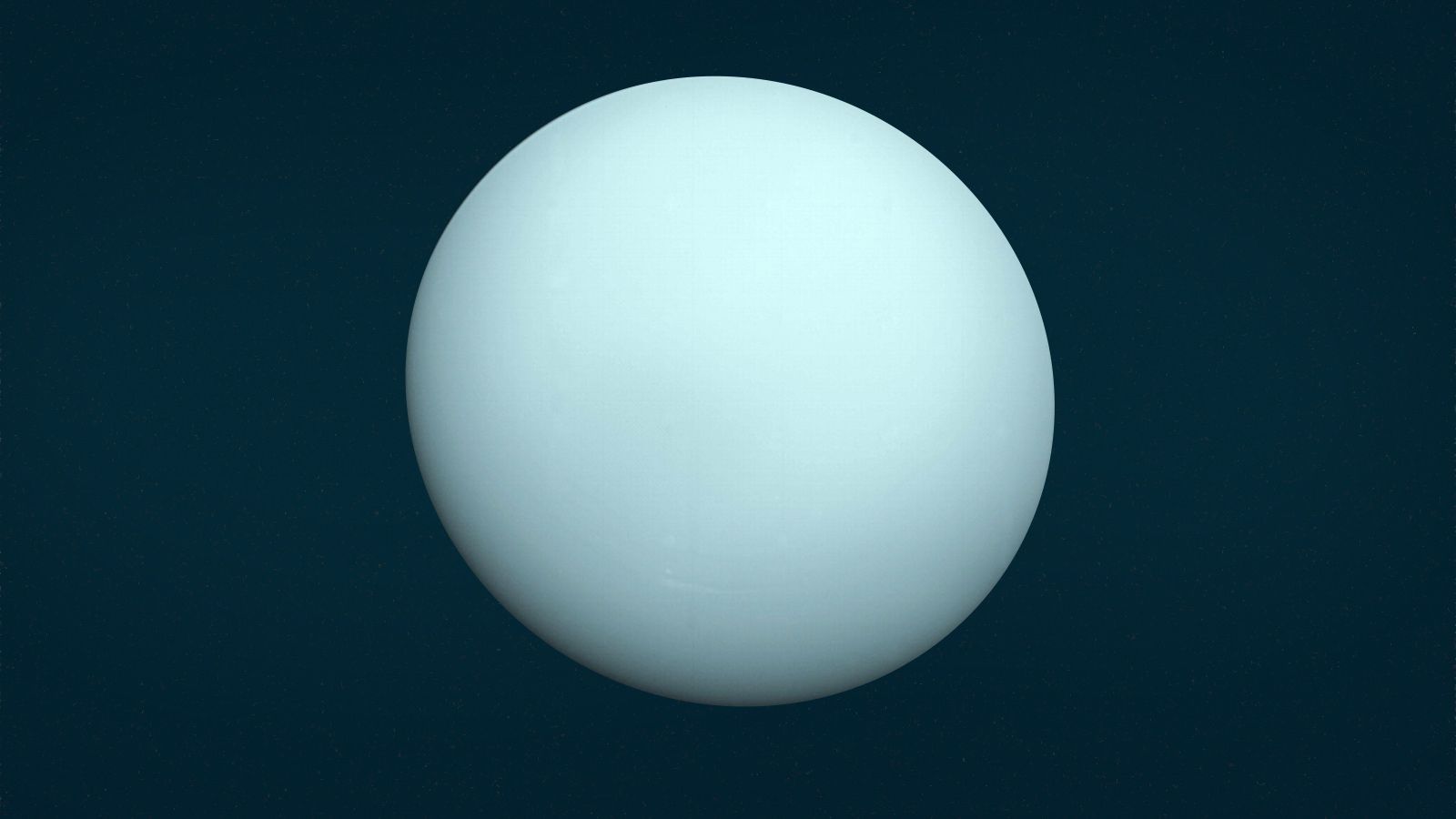Jul 16, 2018
The Father of the Big Bang Theory
Posted by Michael Lance in categories: cosmology, engineering, military, particle physics
Monsignor Georges Lemaître was a Belgian Roman Catholic priest, physicist and astronomer. He is usually credited with the first definitive formulation of the idea of an expanding universe and what was to become known as the Big Bang theory of the origin of the universe, which Lemaître himself called his “hypothesis of the primeval atom” or the “Cosmic Egg”.
Georges Henri Joseph Édouard Lemaître was born on 17 July 1894 at Charleroi, Belgium. After a classical education at a Jesuit secondary school, the Collège du Sacré-Coeur in Charleroi, he began studying civil engineering at the Catholic University of Leuven (Louvain) at the age of 17. In 1914, he interrupted his studies to serve as an artillery officer in the Belgian army for the duration of World War I, at the end of which he received the Military Cross with palms.
